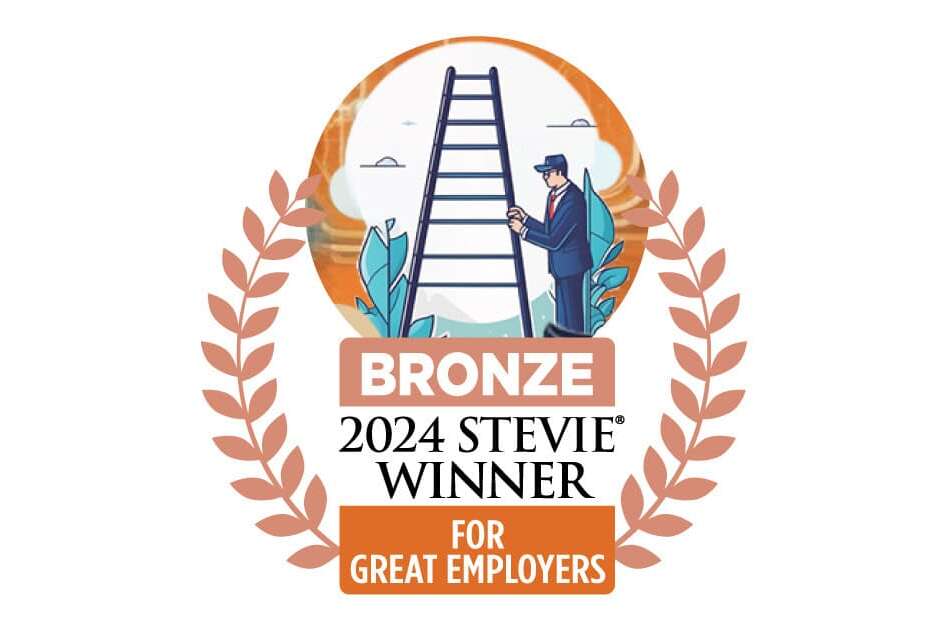Ever hear the one about the ice salesman who walked into the igloo, said hello to the Eskimos, and proceeded to tell them how much they were going to love his product?
Most anybody working in IT has experienced a real-world version of this. Not selling ice cubes to Eskimos, but pretty close to it. The salesperson walks into the room, sits down with the prospective customer, and immediately starts talking about how wonderful the product they want to sell is. They haven’t asked a single question, and may not know much about the customer, but that doesn’t stop them from launching into their pitch.
Sales Enablement: Need to Know the Need
The fifth of Stephen Covey’s 7 Habits of Highly Effective People advises us to “Seek to understand first, before making yourself understood.”
This advice should come right after “greeting” in every sales process. In particular, salespeople should seek to understand their potential customer’s business, its goals, its operations, and its needs first. It may very well be that this customer doesn’t need what you planned to sell, but as you actively listen and learn about the customer, there will likely be a wealth of new knowledge that helps you understand exactly what this customer wants to buy!
Therein lies the difference. Too many salespeople worry too much about what they want to sell, when they should be concerned with what the customer needs or wants to buy.
Perhaps you heard that your customer had security issues and came in prepared to sell them a firewall. The best protection in the business. Stateful inspection. The works. You practiced your pitch and are pumped up to pump it out to them. Then you ask what their problem is and they tell you they seem to be having a lot of people logging into the network that shouldn’t be able to. They suspect someone has gotten hold of some of their passwords.
Your firewall won’t protect against that. In fact, they tell you they’re quite happy with their current firewall. What they need is a multi-factor authentication (MFA) solution. It just so happens you have a great one, so you shift gears and pitch your MFA solution.
Use “Buy” Words Instead of “Sell” Words
You immediately launch into your MFA pitch. You talk about how many of your customers you’ve sold this to, and they all love it. You talk about how quickly it provides a passcode, how often it generates a new one, how unguessable the sequence is, and even how easy it is to receive it on their mobile devices.
Forget about any pitch that positions your product ahead of your customer. This isn’t about how incredible your product is – it’s about how it’s the right fit for your customer’s needs.
Pivot the conversation towards the reasons previous customers decided yours was the right MFA solution to buy. They felt confident the passcodes were each unique and uncapturable by cyberthieves. They saw the economy in having passcodes sent to their users’ mobile devices. They were impressed by the reviews you shared with them from previous customers.
The Ultimate “Buy” Word
People seldom buy “features.” In fact, they seldom buy “benefits” either. Speeds and feeds sound great on paper, but that’s not what customers are looking for when they buy anything.
Value
Customers don’t really even “buy” anything, especially business customers. They invest in the value they anticipate receiving from using your product or services. “Value” is what they’re looking for. How much value can they bring to their own bottom line in terms of increased revenue and decreased cost? How much value can they bring to the fulfillment of their overall mission statement? If that mission statement talks about bringing value to their community, how can this product or service contribute to that?
“Value” truly is the ultimate “buy” word, a word you should use often in your conversations with them. When you talk about value, you’re speaking the customer’s language in terms they can readily understand and appreciate.
Advice to Share
Hopefully, as you read this, you found yourself saying that you should be telling this to each and every one of your partners. You absolutely should!
As you do, remember that customers are similarly driven by value. You can talk commissions with them, incentive plans, SPIFs, or other promos, and some will resonate with that. But the best of them are more concerned with the value they can bring to their customers than the SPIF you can pay them. There’s more long-term value in delivering real value to a customer than in broadcasting your latest sale.
Help your partners lose the “sell” words, learn the “buy” words, and start talking to customers about real value.
Kelsey Worsham
Kelsey is the Senior Content Marketing and Communications Manager at Zift Solutions.




